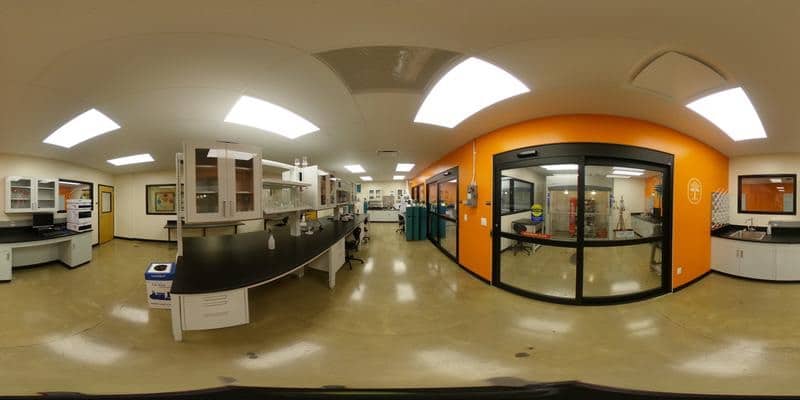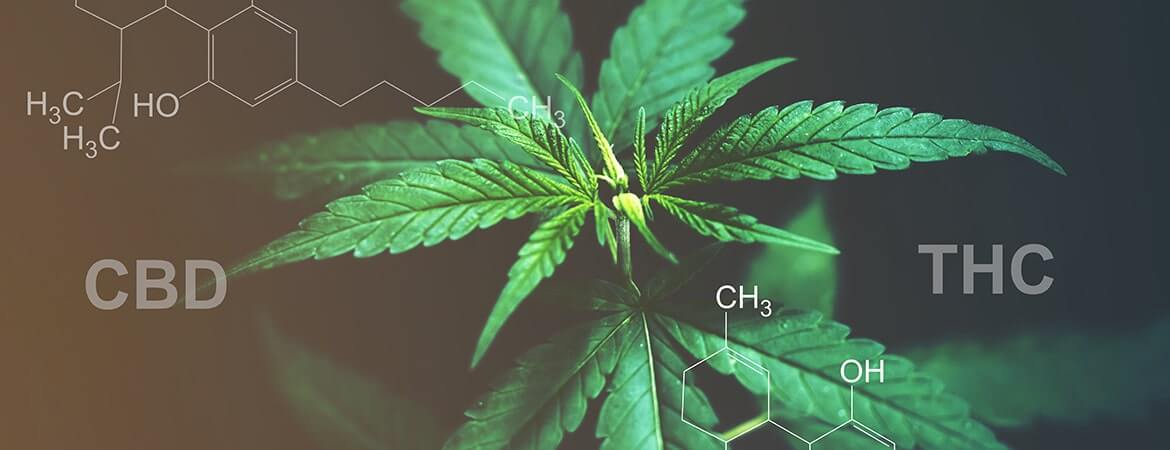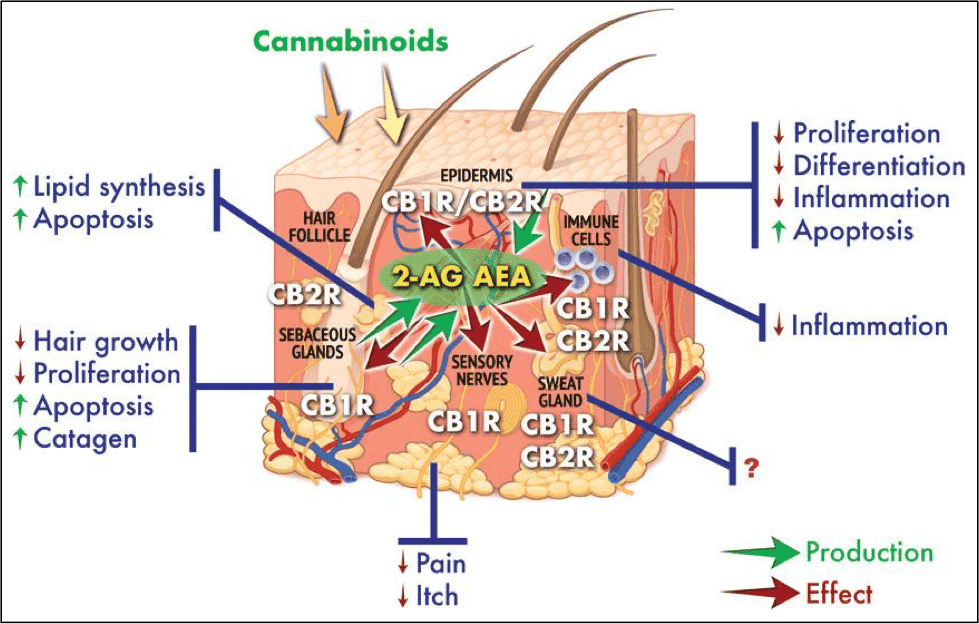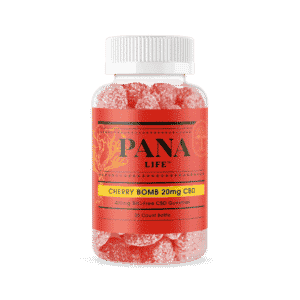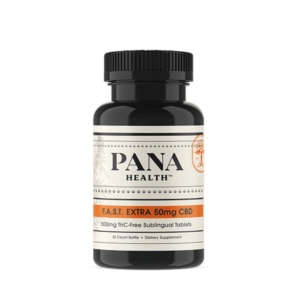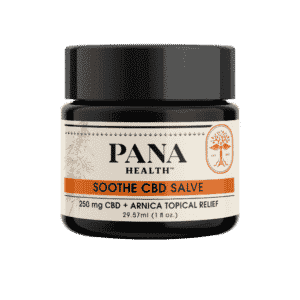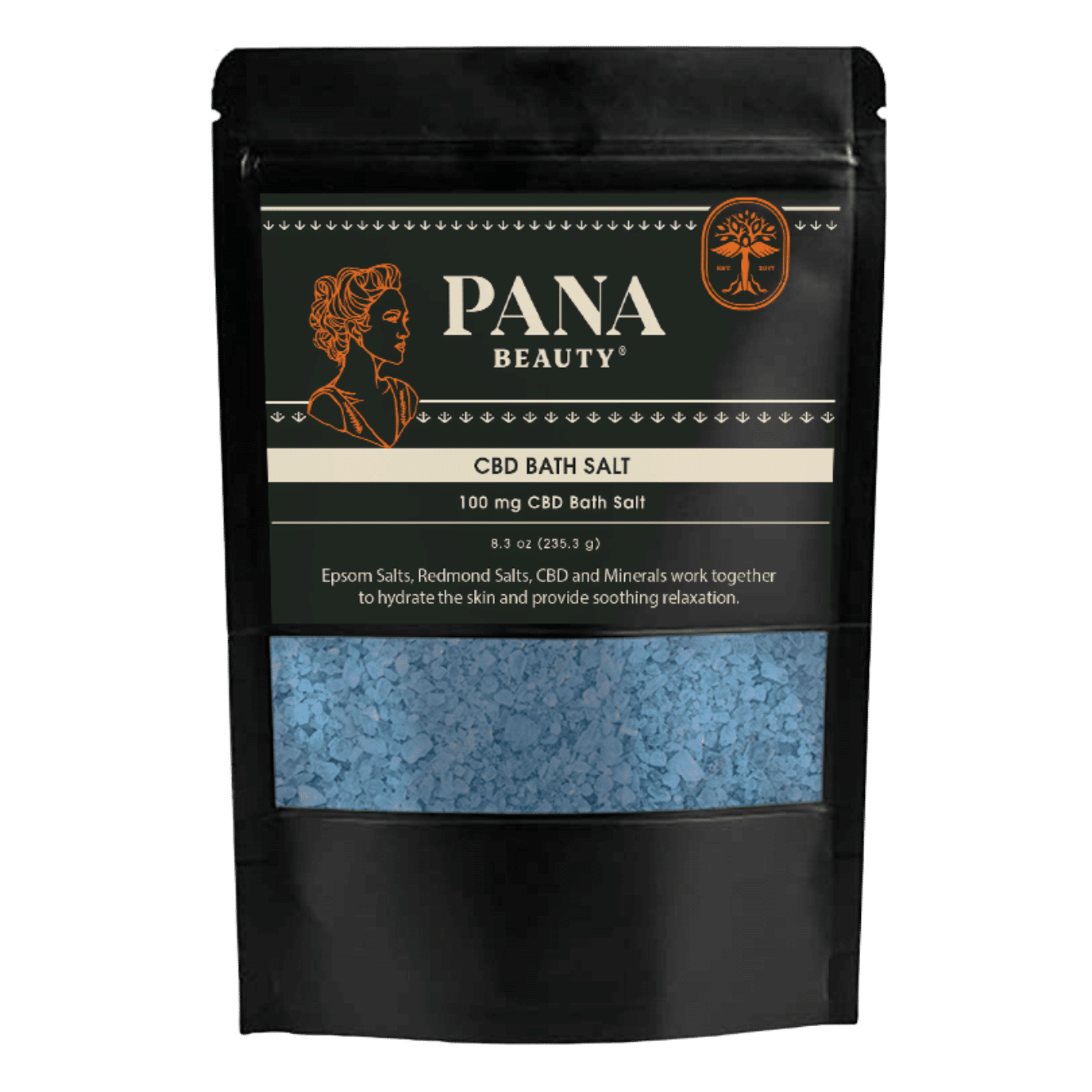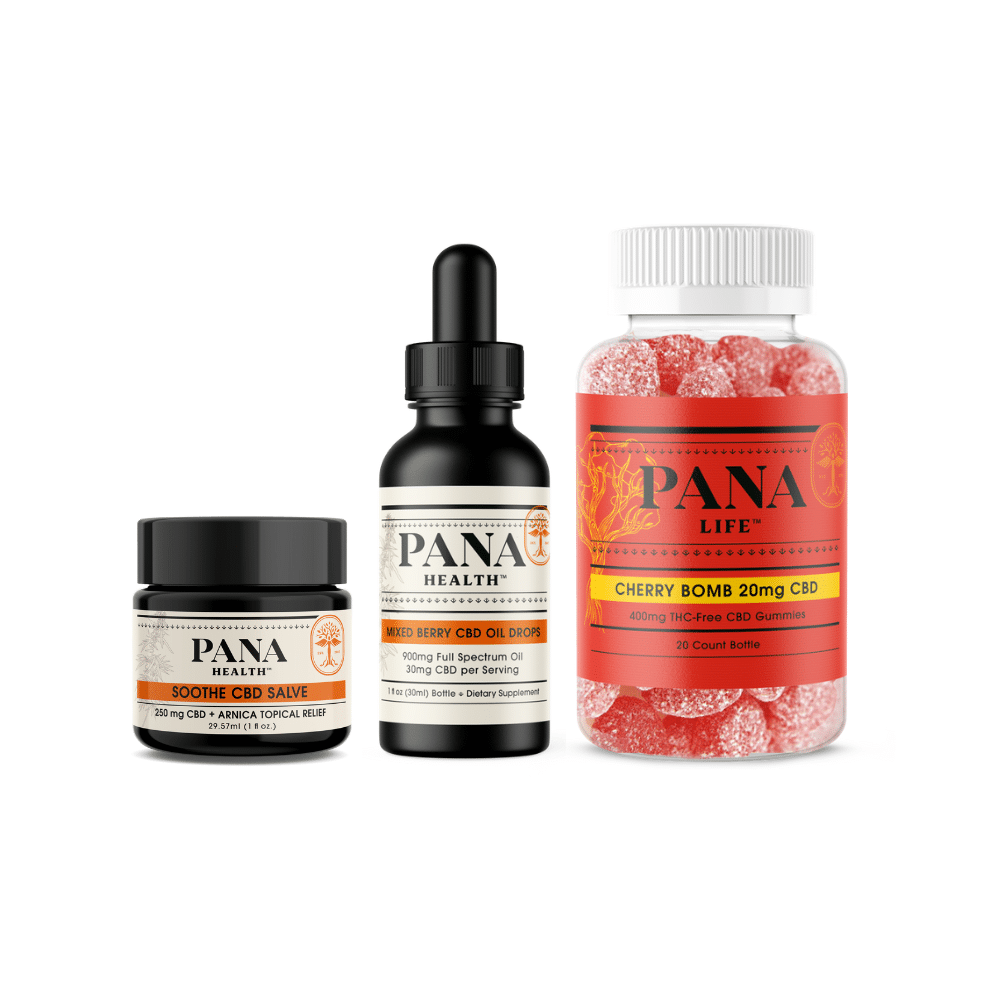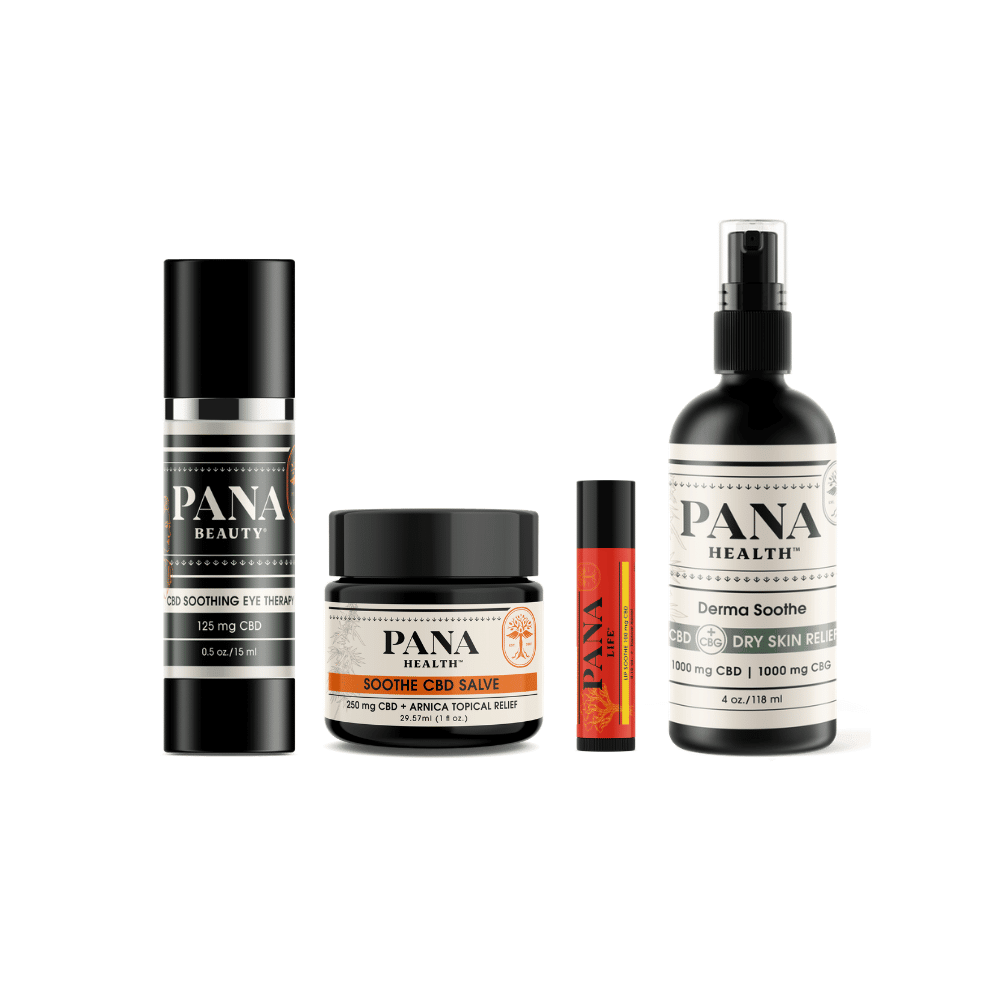Every parent wants their child to be happy and healthy, that goes without saying. And childhood can be rough, especially when kids are dealing with things like asthma, epilepsy, autism or any other number of childhood conditions. This leads many parents to look for ways to help their child.
Recently, research has started to look at options beyond traditional medicine. One of those options is CBD.
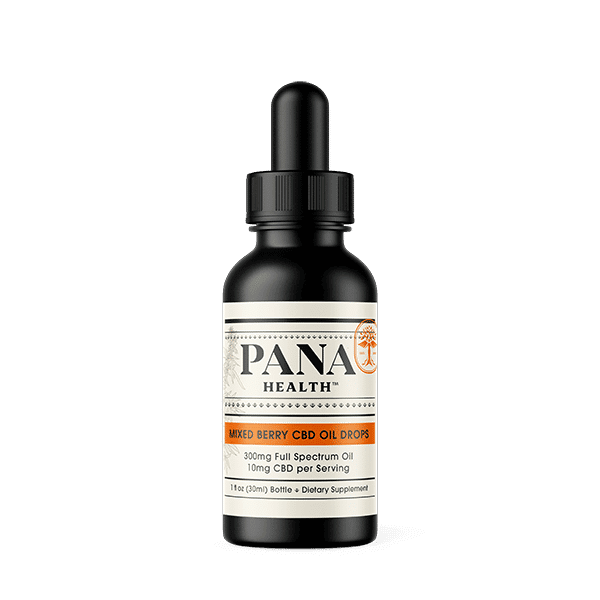
What is CBD?
Cannabidiol is more commonly referred to as CBD. It is one of the compounds (also known as cannabinoids) found in marijuana and hemp, two members of the Cannabis family of plants. There is another cannabinoid that CBD often gets associated and confused with. This compound is Tetrahydrocannabinol (usually called THC).
Despite coming from the same plants and the same glands within those plants, CBD and THC are very different. THC is the compound that creates the psychoactive “high” that is so commonly associated with Cannabis. Meanwhile, CBD does not have the same psychoactive effect. Most who use it report that the closest thing they feel to a high is a sense of calm. But there is no actual intoxication.
This difference is mainly created by how CBD and THC interact with the body’s endocannabinoid system. This is a system of receptors that interact with cannabinoids and regulate things like pain, memory, and even mood. There are two main receptors which we are aware of, CB1 and CB2. CB1 regulates parts of the nervous system, while CB2 deals primarily with the immune system and pain regulation. THC binds directly with CB1 creating a more intoxicating effect. CBD, on the other hand, only interacts with these receptors and even then, mainly deals with CB2.
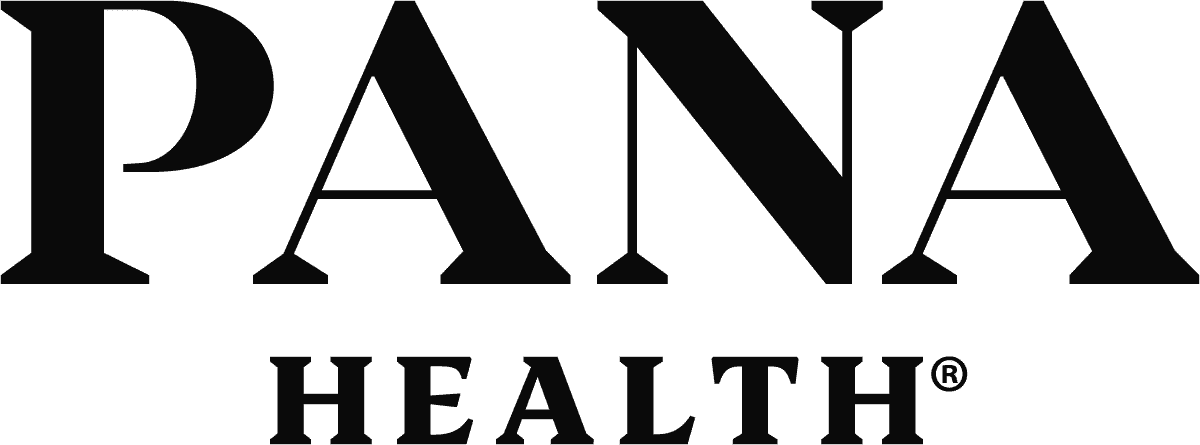
-
Sale!
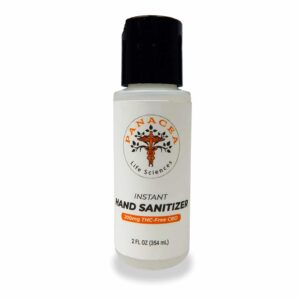
CBD Hand Sanitizer (5 Pack)
Original price was: $49.95.$1.99Current price is: $1.99. Add to cart -
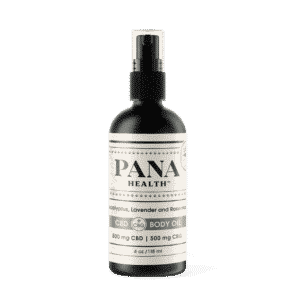
CBD + CBG Body Massage Oil
From: $9.95 Select options This product has multiple variants. The options may be chosen on the product page -
Sale!

Soothe 1000 mg CBD Salve Full Spectrum
Original price was: $49.95.$35.95Current price is: $35.95. Add to cart
Another difference is where the two are extracted from. Many manufactures of CBD products use hemp over marijuana to get the CBD. This is because hemp has a high concentration of CBD and a low concentration of THC. Marijuana, on the other hand, is the complete opposite. It usually has a high concentration of THC and a lower one of CBD.
Because of where CBD comes from, people may feel some hesitation about using it. Many worry that it is illegal. As of December of 2018, products made from hemp with less than 0.3% THC in them are legal in the United States. Laws regarding hemp with any other level of THC or marijuana of any kind vary from state to state.
What does this mean for kids?
What could CBD do for my child?
There has been a lot of research into how CBD could be used to help with overall health and wellbeing. That research has often been focused on CBD’s effects on conditions like autism, asthma, anxiety, psoriasis, ADHD, and even epilepsy. Much of this research is still ongoing, but the results that have been produced so far have been promising. This could be good news for parents, as all of these conditions affect many children.
Asthma
Asthma may be frustrating to many children. The disorder makes it more difficult to breathe and as a result, more difficult to run and play like other kids. A study conducted in 2005 tested how the endocannabinoid system plays a role with asthma. This study found that cannabinoids may help keep down the bronchial inflammation that so often plague those who struggle with asthma.
Anxiety
It is common for who use CBD regularly to report that they receive a sense of calm from the compound. Because of this, there are many who turn to it for help with their anxiety. As a result, there have been many studies looking at how CBD may help with the disorder. However, most of these studies have been focused on adults and animals, and there haven’t been many focused on children. This does not mean that there are no studies. One from 2016 looked at how CBD could help a child with Post Traumatic Stress Disorder (PTSD), a disorder that tends to include anxiety. The study found that treatment with CBD was helpful in reducing the child’s anxiety and helping her sleep.
Psoriasis
Psoriasis is a skin disease that often leaves those who suffer from it with dry, itchy, red skin. While it is mainly found in adults, it is also very common in children, with about 20,000 kids being diagnosed every year. CBD has been found to have potential as an anti-inflammatory. This means it may help keep down psoriasis flare ups in your child and potentially make those that do show up more bearable.
ADHD
Attention Deficit Hyperactivity Disorder (ADHD) is a very prevalent disorder for children. It often leads to a plethora of behavioral problems, including issues with anxiety and paying attention. These problems can make school and even socializing difficult for some children. CBD was found in a 2012 study to help reduce hyperactivity in rats, with no adverse effects. This may be due to the calming effects that many say CBD has. Many studies about CBD and ADHD are still preliminary, but they are promising.
Epilepsy
The CDC says that 6 in 1,000 children have epilepsy. It is a disorder that causes those who have it to experience potentially life-threatening seizures. Epidiolex, a medication for epilepsy made with CBD, has recently been cleared by the FDA for use in the United States. Studies conducted on the medication have found that it helped reduce the number of seizures the user had. While it is not recommended for children younger than two years, it may be helpful for children two years and older.
Autism
According to the Center of Disease Control (CDC), 1 in 59 children have autism. It may be difficult for children and parents to cope with the health issues that often come along with it. They often include several of the ones listed above (anxiety, ADHD, epilepsy). As discussed above, there are many studies that look at the potential aid CBD could provide. However, there are also recent studies that look at how CBD may help with autism specifically. One study, published in 2019, had 188 patients on the autism spectrum start a CBD treatment. After six months, over 80% of the participants reported moderate to significant improvement in the autism-related symptoms.
While CBD has the potential to be helpful with a lot of different things, there is only so much it can do. CBD is not a preventative measure. It will not replace things that can actually prevent illness like vaccinations.
What risks might CBD have for my child?
There are not any serious side effects associated with CBD use. But that doesn’t mean that there aren’t any. The side effects are usually along the lines of fatigue, mild nausea, and change in appetite. However, these side effects are mainly associated with those who consistently use high doses of CBD. They are reported to go away after stopping or even just limiting use. There are also more serious side effects that are associated with use in minors, but they are not likely. They may include aggressive behavior and depression. But, again, these side effects are unlikely.
Talk to your child’s pediatrician before starting any CBD treatment. Make sure to keep your child’s dosage small when starting and watch for any side effects.
Also, be sure to carefully read the label of your child’s CBD product. Many CBD products contain trace amounts of THC. It is normally not enough to cause any problems (the THC level cannot be over 0.3%), but it is still smart to pay attention and look for the products with the lowest amounts of THC, or, if possible, no THC at all.
Parents should also pay attention to how a CBD manufacturer tests their products. CBD is not fully regulated by the FDA like many other substances. Not all manufactures hold themselves up to the same standards that the FDA would. As a result, labels may not be completely honest about the CBD levels in a product. Be sure wherever you get your child’s CBD products from, that the manufacturer properly and transparently tests their products for quality and quantity.
How do I give my child CBD?
Since CBD is derived as an oil, it is easily made into several different products. These can be anything from gummies to lotions to tinctures. Picking the right product for your child may involve knowing how picky your child is and a bit of experimentation.
Tinctures work the quickest. They are CBD oil mixed with palm oil, usually dispensed with a dropper. Simply putting a single drop under your child’s tongue will allow the CBD to absorb into the bloodstream quickly. However, tinctures tend to taste somewhat bitter. If your child is a picky eater, administering the CBD sublingually may be difficult. The tinctures can also be mixed with food or drinks, but they will not work as quickly.
Another quick way to get CBD’s effects is with capsules. This may be a better option for older children, since younger kids may not be able to swallow the capsules. This is like taking any other pill. Just once a day should be enough to see an effect with your child.
The next fastest way to get CBD into your child’s system may be their favorite way. Edible CBD products often come as gummies. Similar to gummy vitamins, this may be the easiest way to get your child to take CBD, however it will take longer for the gummies to digest and the CBD to start its work.
Lotions are likely the slowest and least powerful way to use CBD. However, it is often a better way to help with inflammation and psoriasis. CBD in this form is more topical and tends to focus on the area you apply it. It is also a good way to give your child CBD without having to ingest it, particularly nice if you have a picky eater.
Something to keep an eye out for when choosing your child’s CBD product is what kind of CBD extract it is. There are three main kinds: full-spectrum, broad-spectrum and CBD isolate. Full-spectrum is essentially CBD and everything else that comes with it in the extraction process, including terpenes (the compounds that give Cannabis, and many other plants, their unique flavor and aroma) and THC (though, as stated before, the THC level cannot legally be more than 0.3%). While the THC level in this CBD extract will be low, if you are trying to avoid giving your child any THC, do not buy this kind.
Broad-spectrum is CBD with all of the other compounds except THC. The benefit of full-spectrum and broad-spectrum is that they take advantage of what is called the “entourage effect.” This is when compounds build on each other to make for stronger results. In theory, broad-spectrum CBD should require a lower dose. Of course, this effect is not guaranteed and may not happen for everyone.
The third kind of CBD is CBD isolate. If you’ve been paying attention, you likely know where this is going. CBD Isolate is CBD extract with only CBD. No other compounds are in it, including terpenes or THC. This means that this kind of CBD is often rather bitter and potentially not as strong. However, it is also CBD in its purest form. CBD isolate lacks the meddling of other compounds.
As you can tell, there are lots of options of CBD for your child. You may need to try a few different kinds before you find the one that works the best.
Parents will search high and low to find anything that will help their kids. It can be difficult. Some children have a hard time taking medication, while those medications may just not work for others. This may leave many families feeling frustrated and even discouraged. For some, CBD may be an answer. It may have the potential to help kids cope with conditions like ADHD or help improve their mental wellbeing.
Sources:
https://www.medicalnewstoday.com/articles/325599#can-cbd-oil-treat-adhd
https://www.ncbi.nlm.nih.gov/pubmed/22495620
https://www.healthline.com/health/does-cbd-get-you-high#legality
https://www.healthline.com/health/childrens-health/cbd-for-children
https://childmind.org/article/cbd-what-parents-need-to-know/
https://www.parents.com/recipes/scoop-on-food/is-cbd-oil-safe-for-kids/
https://www.hmhb.org/cbd-oil-for-kids/
https://cbdoilreview.org/cbd-cannabidiol/is-cbd-oil-safe-for-children
https://weedmaps.com/learn/cbd/is-cbd-oil-safe-for-kids
https://www.ncbi.nlm.nih.gov/pmc/articles/PMC6336869/
https://www.health.com/condition/psoriasis/cbd-for-psoriasis

